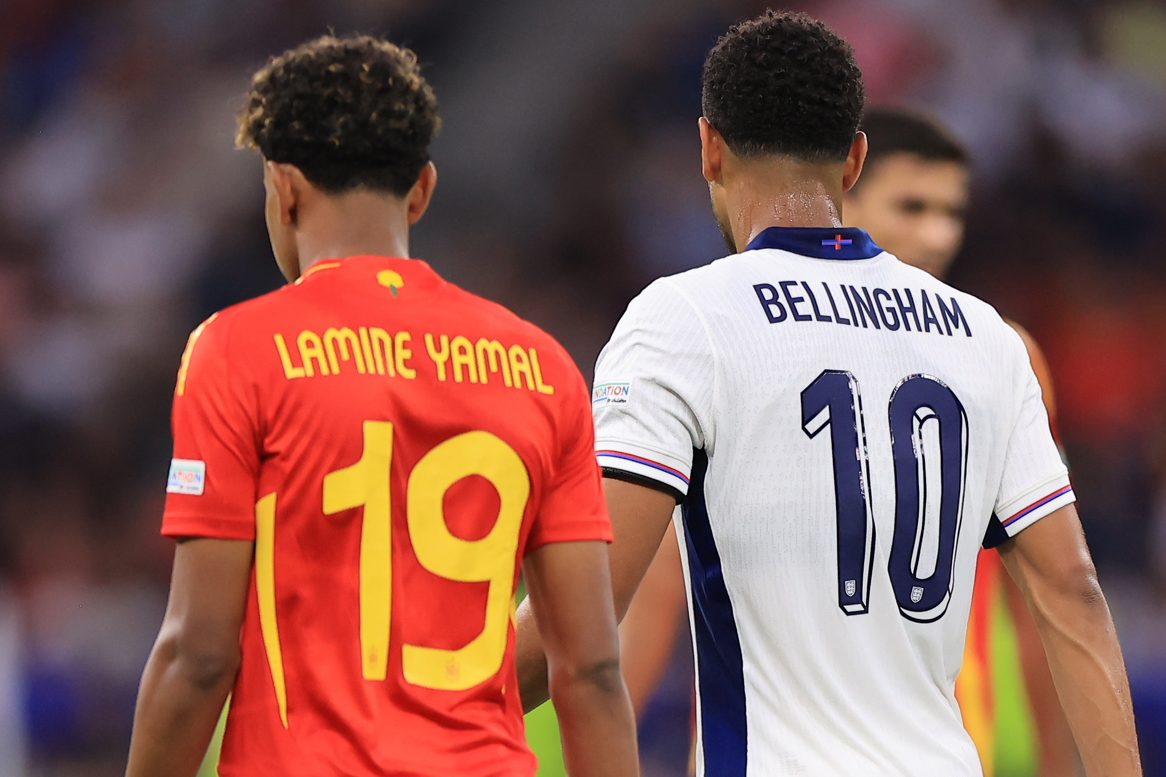How to optimize sports management in small clubs and turn financial limitations into strategic opportunities. You don’t need a bigger budget — you need better planning. Keys for small football clubs to turn challenges into competitive advantages.
1. The Problem Isn’t Money — It’s the Lack of a Plan
In today’s football landscape, many small to mid-sized clubs struggle to compete without a solid sports management model. Many believe large investments are essential for growth. But experience shows that when resources are limited, strategic planning stops being optional and becomes vital.
An organization without a vision, defined roles, or measurable objectives often falls into cycles of improvisation and external dependency. On the other hand, a well-structured small club can attract talent, generate sustainable revenue, and remain competitive within its local reality. With proper strategic planning, even clubs with limited budgets can be sustainable and competitive.
A great example of this approach is Independiente del Valle (Ecuador). With a modest structure but a clear plan, IDV has successfully developed talent, competed in international tournaments, and generated revenue through smart transfers. Their focus on youth development, analytics, and methodology has made them a benchmark in South America without major investments. Moreover, many of their players have significantly increased their market value and been exported to European leagues. Cases like Moisés Caicedo (Premier League), Piero Hincapié (Bayer Leverkusen), William Pacho (PSG), and Kendry Páez (Chelsea) reflect the impact of a model that not only creates economic value but also strengthens a national team now among the most competitive in South America.

2. What a Functional Strategic Plan Must Include
This club management model is based on efficient internal structures and plans adapted to the local context. Drawing on real methodologies used in institutional sports development, an effective plan should:
- Diagnose the starting point: internal structure, human resources, assets, playing model, etc.
- Define a realistic vision suited to the club’s social and economic environment.
- Set phased objectives (short, medium, and long term).
- Prioritize actions: not everything can be done at once.
- Establish success indicators (KPIs) and area-specific responsibilities.
- Create a club narrative that aligns the academy, fans, sponsors, and environment.
This approach has been successfully adopted by clubs like Lillestrøm SK (Norway). After a period of instability, the club redefined its internal structure, professionalized its development processes, and regained competitiveness through a clear vision and a flexible model tailored to its capabilities. In recent years, several academy graduates have reached professional football in Norway and even earned national team call-ups, validating the long-term effectiveness of their strategy.
3. Five Principles for Low-Budget Clubs
Real Case: Mito HollyHock (Japan)
A modest J2 League club that has made progress thanks to a solid structure, partnerships with local universities, and the use of affordable technology for tracking physical and tactical performance.
1. Organizational Stability
Define a minimum structure with clear roles (even if one person holds multiple roles at first). Without internal clarity, no project can succeed.
2. Focus and Specialization
Don’t try to do everything: decide whether your identity is in youth development, local talent, being a feeder club, or remaining competitive — and channel all resources toward that.
3. Flexible and Realistic Planning
Use visual tools (matrices, timelines, roadmaps) to track progress by quarter or season. Planning also means knowing what not to do.
4. Affordable Tools
There are free or low-cost platforms for match analysis, training management, or physical monitoring. Professionalizing doesn’t always mean spending big.
5. Continuous Review
Every 6 months, ask: what have we achieved? What failed? What should be adapted? A living plan improves with each cycle. The professionalization of small clubs starts with smart decisions in sports management.
An interesting example here is Shimizu S-Pulse (Japan). After their relegation to J2 League, the club began a full restructuring focused on youth development, process reviews, and long-term sustainability. This deep revision allowed them to rebuild their identity, retain local talent, and compete with a stronger foundation — showing that even traditional clubs can reinvent themselves through realistic, well-executed planning.
4. General Action Plan for Small Clubs (EFC Model)
Timeline: 3 years
Main Objective: Professionalize operations, increase sporting value, and establish at least one stable income stream.
This action plan is a practical guide for institutional football development, applicable to clubs at various levels.

Year 1 – “Organize and Visualize”
- 360º diagnosis: organizational chart, facilities, database, coaching staff.
- Define mission, vision, and core values.
- Design a basic playing model and development plan.
- Create player profiles and initial scouting system.
- Establish ties with 1–2 local educational or sports institutions.
Year 2 – “Consolidate and Specialize”
- Design and implement a micro-academy structure.
- Launch social media profiles with a content strategy.
- Compete in regional tournaments for visibility.
- Collect first individual performance data by category.
- Activate revenue streams (camps, school programs, local sponsorship).
Year 3 – “Project and Grow”
- Partner with a professional club (training agreement or loan).
- Generate at least one paid player transfer or loan.
- Present the project publicly with measurable results.
- Launch a strategic renewal plan for the next 3 years.
5. Conclusion: Professionalize with Common Sense
In modern football, the difference isn’t in millions invested, but in having a sustainable management model aligned with the club’s values and focused on local development. Budget limitations are no excuse for improvisation. In low-resource clubs, planning, tracking, and prioritization make the difference between survival and sustainable growth.
With vision, focus, and follow-through, any club can be competitive locally… and dream globally.
Looking to build a smarter, future-ready club? At EFC, we help football organizations grow by transforming vision into structure, and ambition into sustainable performance — through tailored strategic planning and high-impact football models focused on identity, alignment, and long-term results.
📩 Want to know how we can help your organization?
Let’s talk — or connect on LinkedIn and follow our weekly insights.





